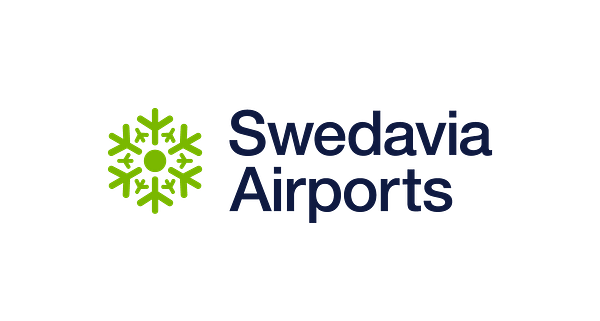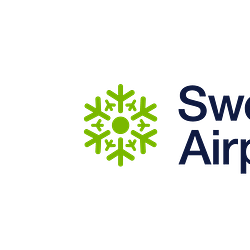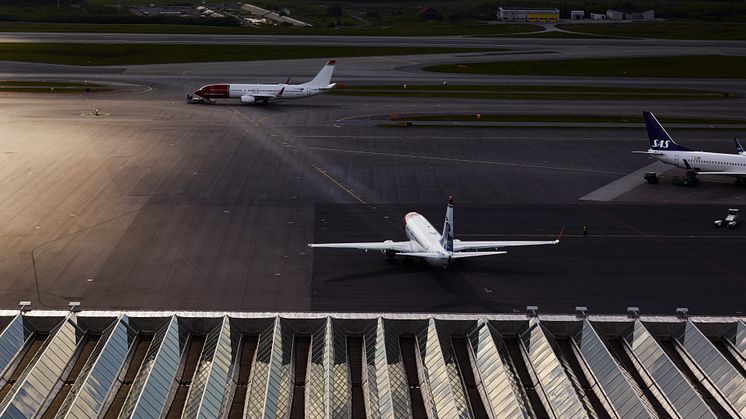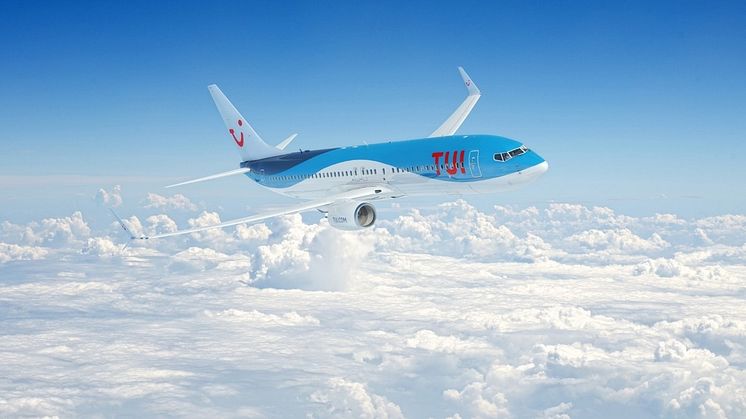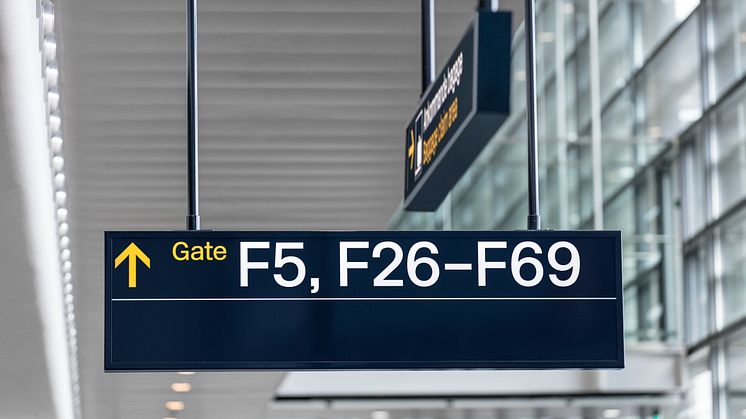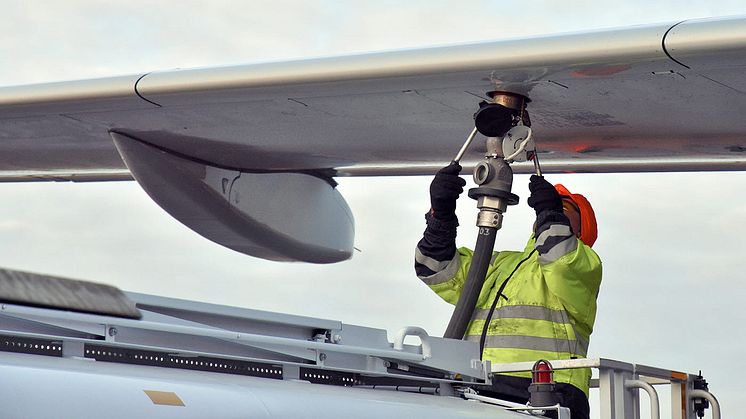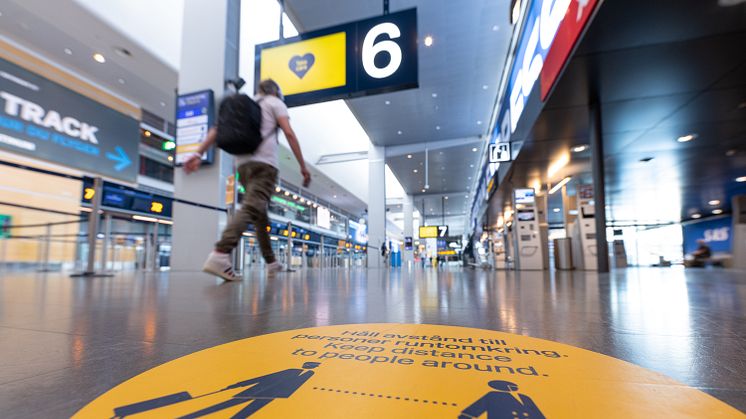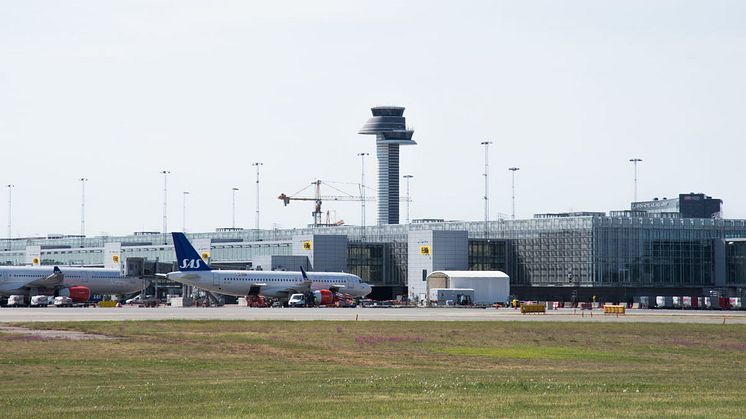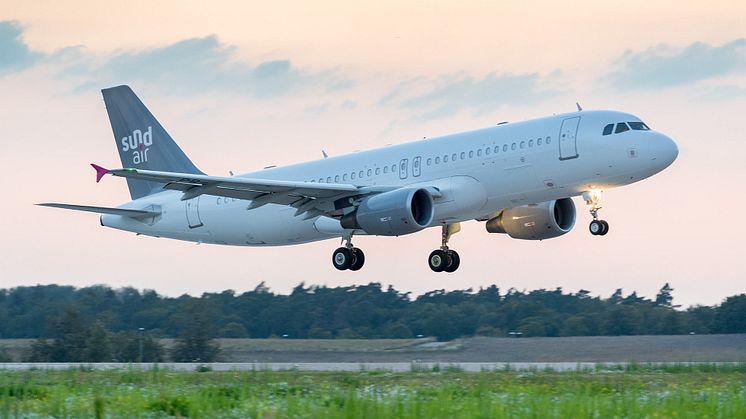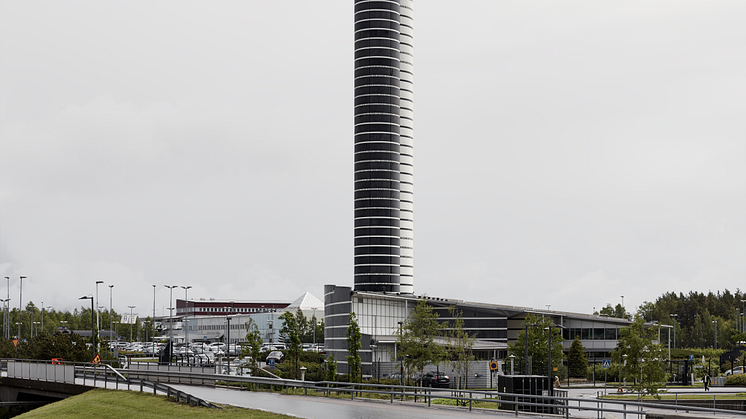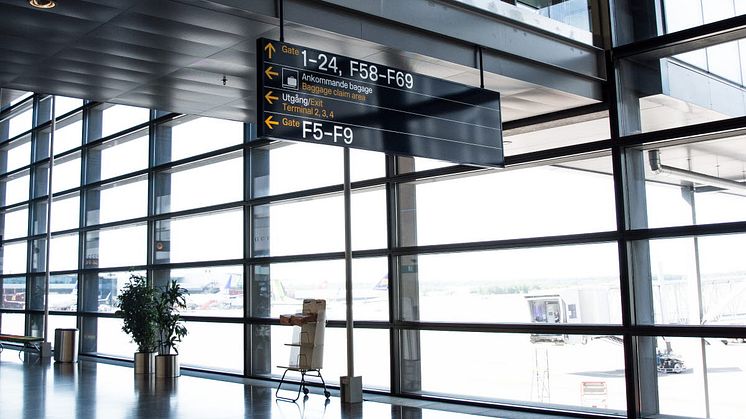
Press release -
Swedavia’s traffic statistics for October 2020
During October, 743,000 passengers flew via Swedavia’s ten airports, a decrease of 79 per cent compared to 3,531,000 passengers for the same period last year. Travel for the autumn vacation contributed to a certain recovery in October, but the demand for flights is still at historical lows. New restrictions in Europe are contributing to renewed uncertainty about market prospects in the near time.
Of the total 743,000 passengers in October, 427,000 were international passengers, which is a decrease of 82 per cent compared to 2,378,000 for the same period last year. Domestic travel continued to fall to a lesser extent, with a 73 per cent decline or 317,000 passengers compared to 1,153,000 domestic passengers for the same period last year.
“Increased leisure travel in conjunction with the autumn vacation had a positive effect on the traffic trend for October to some extent. But in general, demand remains at historically low levels, and overall we see very difficult figures for aviation throughout the world. The recovery has not just come to a standstill; we see the opposite, a downward tendency. Due to new restrictions, the falling demand for flights will probably continue in the near time,” says Jonas Abrahamsson, Swedavia’s president and CEO.
“With the increasing spread of Covid-19 in society, naturally it is important that we together take responsibility for limiting this and follow the authorities’ travel recommendations. At our airports we have taken several measures to ensure safe travel and to help reduce the spread of the disease,” notes Jonas Abrahamsson.
At Stockholm Arlanda Airport, travel decreased 79 per cent to 464,000 in October compared to the same period last year. At Göteborg Landvetter Airport, travel decreased 81 per cent to 112,000 passengers in October. Bromma Stockholm Airport saw the biggest decline both in October and for the period January-October, with a decrease of 90 and 77 per cent respectively.
At Swedavia’s seven regional airports, the number of passengers decreased between 61 and 78 per cent to a total of 146,000 passengers. Luleå Airport was the airport that did best in October while Kiruna Airport was the airport that did best over the past ten months, with a decrease of 61 and 56 per cent respectively.
Traffic statistics for Swedavia’s airports are available (in Swedish) under “Om Swedavia/Statistik”: https://www.swedavia.se/om-swedavia/statistik/.
More information about the measures that Swedavia has taken for our passengers is available at www.swedavia.se. See for example: https://www.swedavia.com/arlanda/before-your-journey/?_ga=2.8518517.197905116.1604609944-1376046629.1573219485.
For many years, Swedavia has carried out ambitious sustainability work. All ten of its airports shall have zero emissions of fossil carbon dioxide from their own operations by the end of 2020. Swedavia also works actively to promote the industry’s transition to sustainable aviation fuel and has the goal that five per cent of all fuel used to refuel aircraft at Swedish airports shall be fossil-free by 2025. Since 2016, Swedavia buys renewable aviation fuel equivalent to that used for the company’s business travel, about 450 tonnes of fuel each year.
For further information, please contact Swedavia’s press office at +46 (0)10-109 01 00 or press@swedavia.se.
Topics
Categories
Swedavia is a State-owned group that owns, operates and develops ten airports across Sweden. Our role is to create the access Sweden needs to facilitate travel, business and meetings – in Sweden, in Europe and around the world. Safe, satisfied passengers are the foundation of our business. Swedavia is a world leader in developing airports with the least possible environmental impact. The Group has revenue of over 6.2 billion Swedish kronor and some 3,000 employees.
